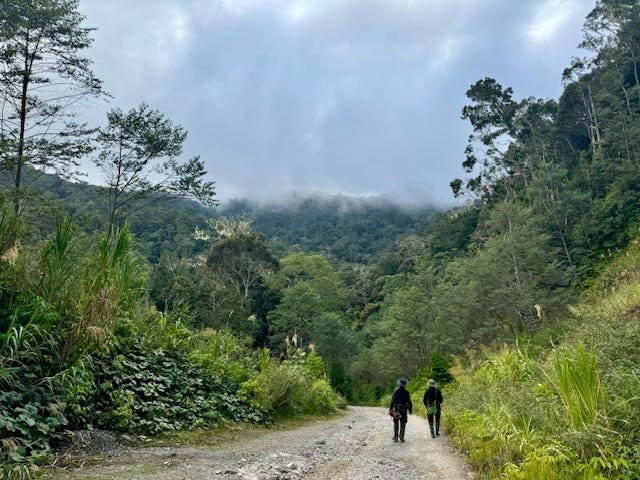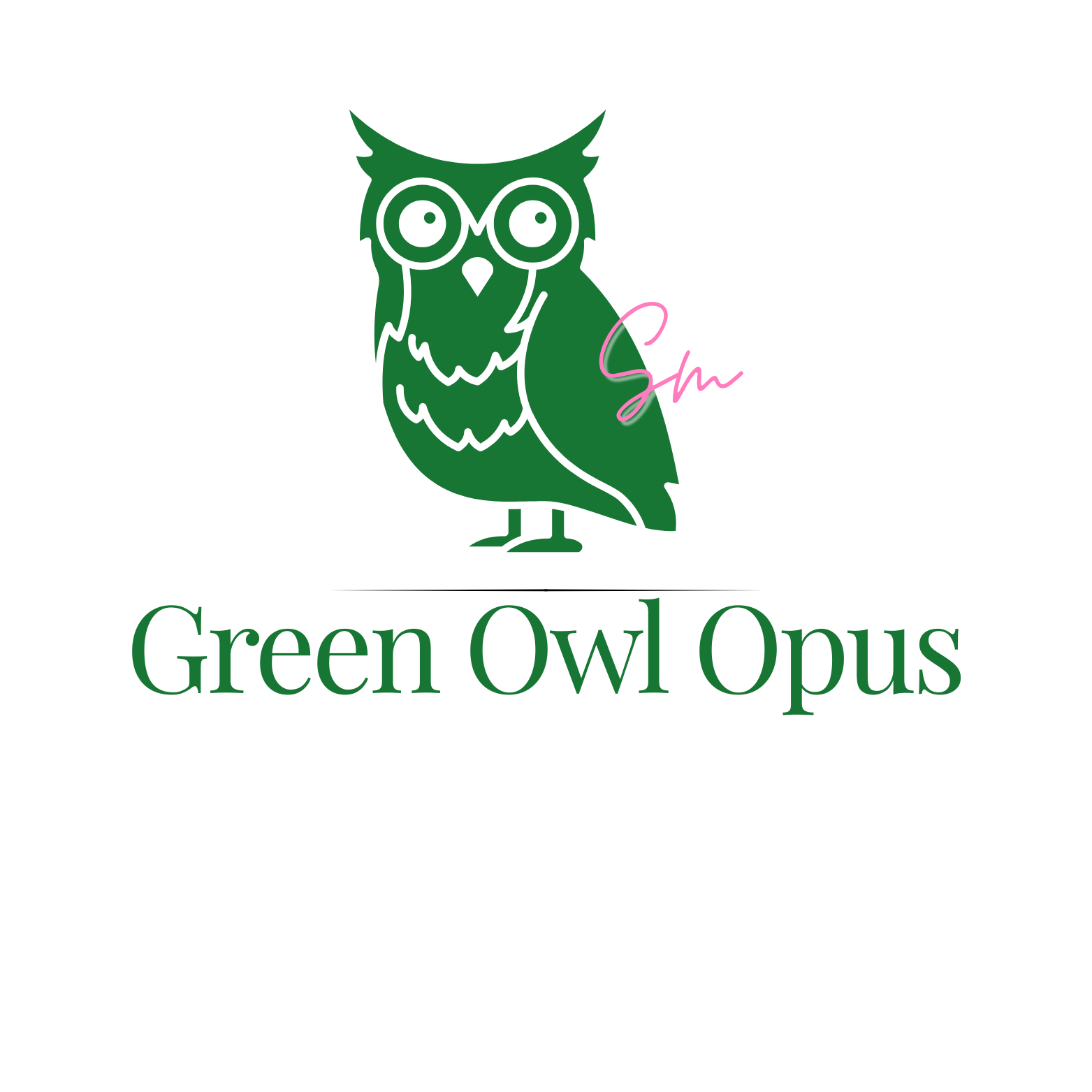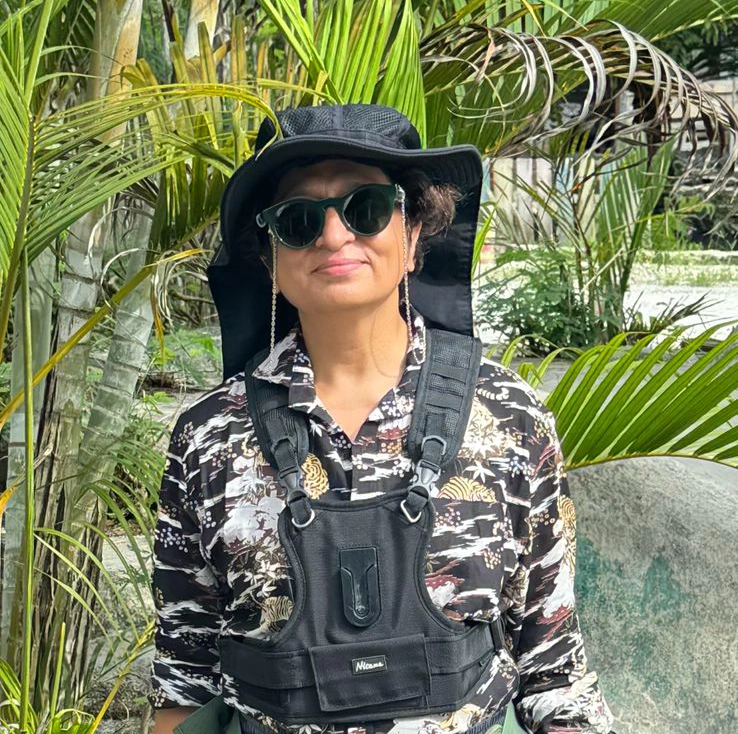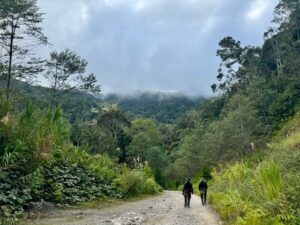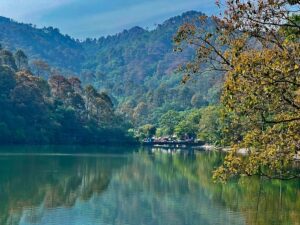…The trail passes through Papua.
Garuda was about to land amid greenish-blue mountains. The plane’s small oval window was not enough to capture this enthralling beauty.

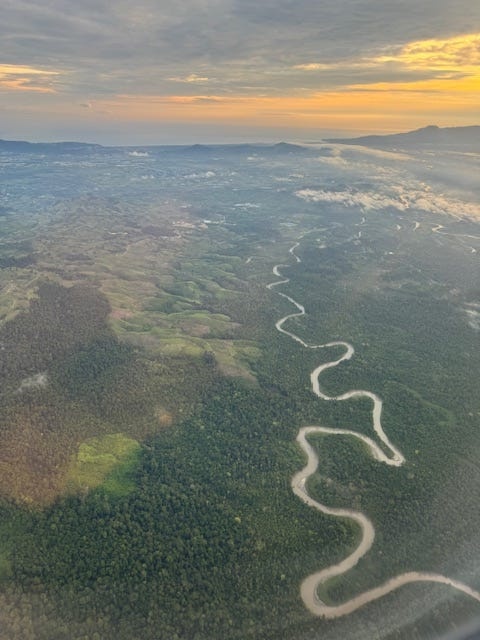
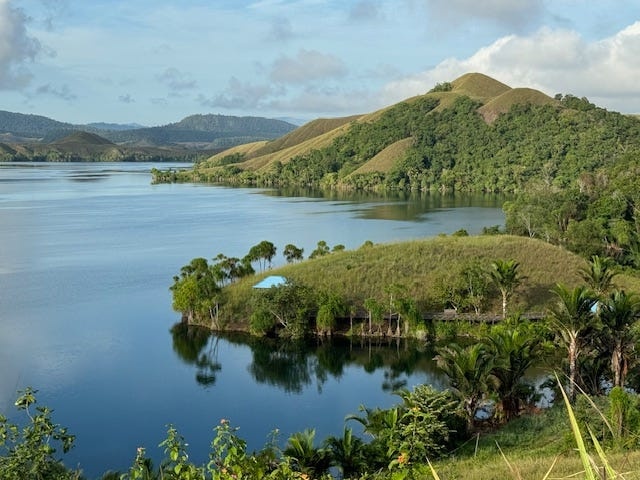
Jayapura and Nimbokrang
Golden-yellow sunrays were trying to emerge between greyish-blue clouds, painting the eastern sky in two distinct colours. Far away were the deep blue mountains and a shining snake-like river going zigzag between the light brown earth and a thick carpet of dark green forest. The pilot announced to fasten the seat belts for landing, and I wanted to do just the opposite! Can I open the parachute here, please?Papua can easily be mistaken as heaven.We landed in Jayapura, and I knew why Birds of Paradise chose this place!
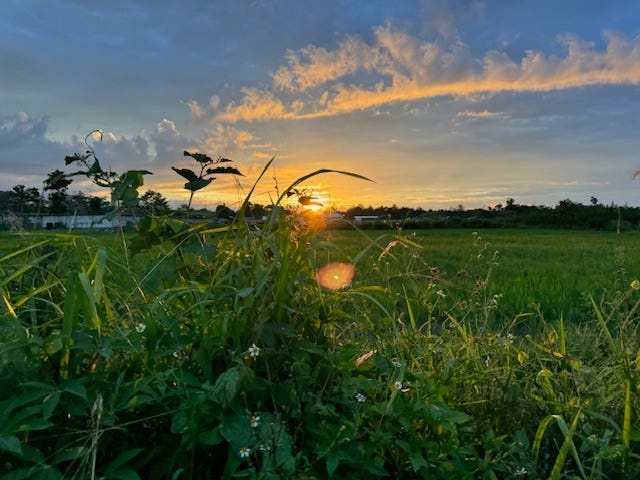
Nimbokrang fields
The Malay Archipelago, with more than 25,000 islands in Southeast Asia, is the world’s largest archipelago. It has thousands of islands in Indonesia and Malaysia. New Guinea in the Malay Archipelago is the world’s second-largest island after Greenland.
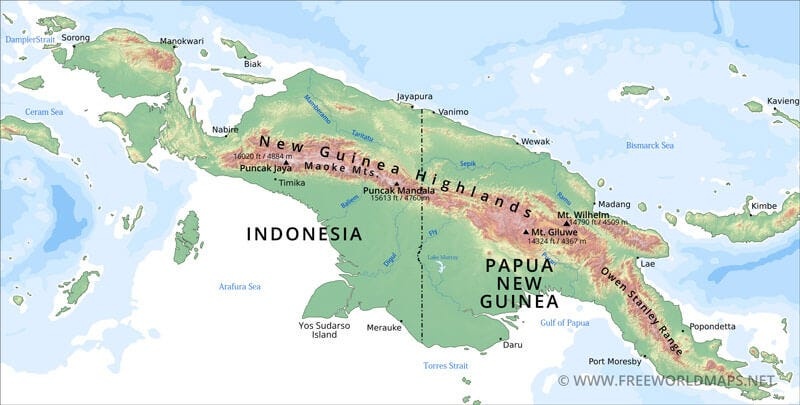
New Guinea map is like a bird with head, neck, body and tail.
Administratively, New Guinea is divided into two parts. The western half of the Indonesian province comprises Papua and West Papua, and its eastern half includes the majority of Papua New Guinea, an independent country since 1975.
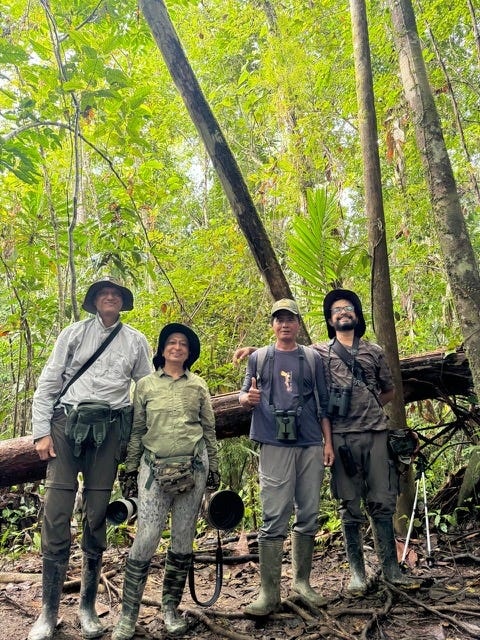
The road [No road actually] less travelled in the dense forest of Nimbokrang
We set the alarm for the following day at 3 AM.‘ Keep your gumboots, headlamps, and trekking sticks ready!’ the local Indonesian guide instructed in broken English.A 15-day bird photography tour to the Papua province of New Guinea was set rolling with intense adventure. The goal was to see most of the birds of Paradise [BOP].The fashion show of BOP generally begins early in the morning, and we need to walk a hard way up to the ramp! Interestingly, the show is done only by males, and the girls [one would-be wife amongst them] join us as spectators. However, the girls go a step further.. they carefully inspect and then approve.
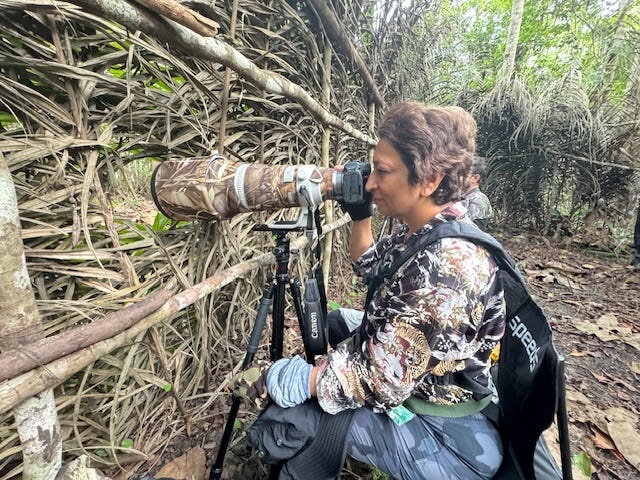
Typical hide to watch the display show
During the first four days, the contestants were Common Paradise Kingfisher, Twelve Wired BOP, Eastern Hooded Pitta, North Papuan Pitta, King BOP, Lesser BOP, and Magnificent Rifle BOP.
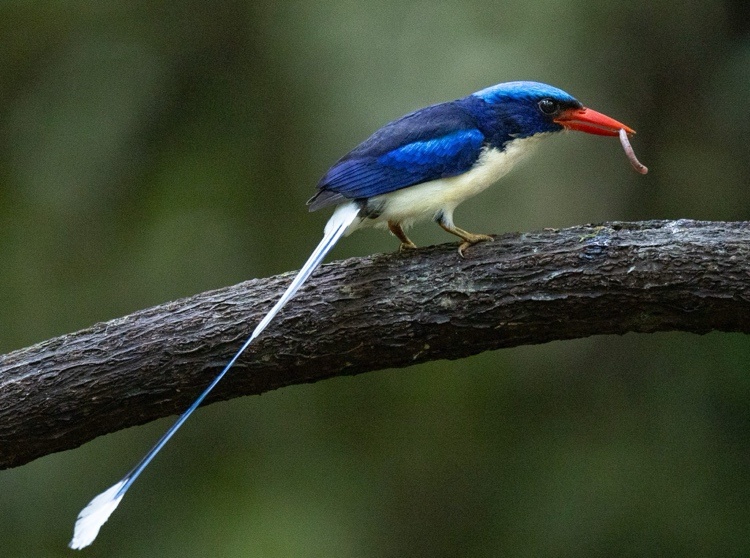
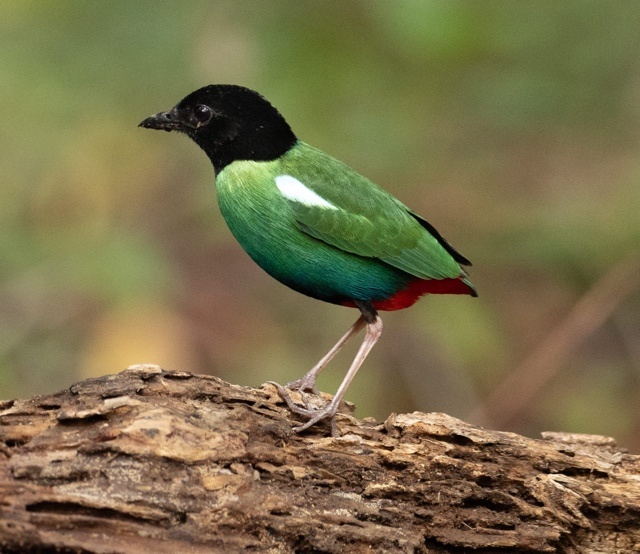
Paradise Kingfisher and Eastern hooded Pitta

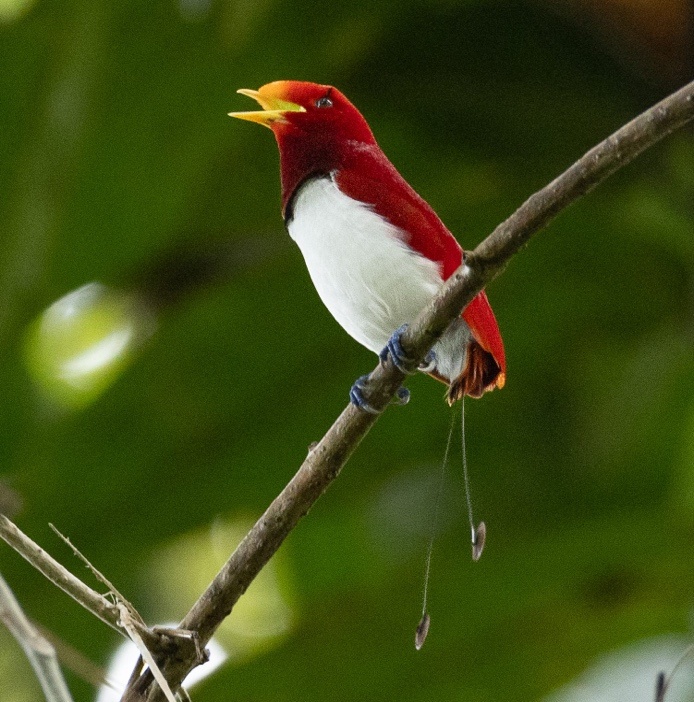
North Papuan Pitta and King BOP
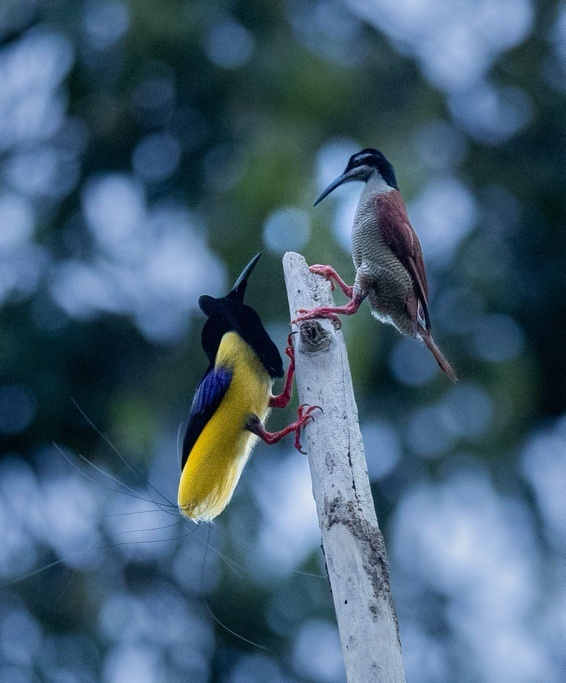
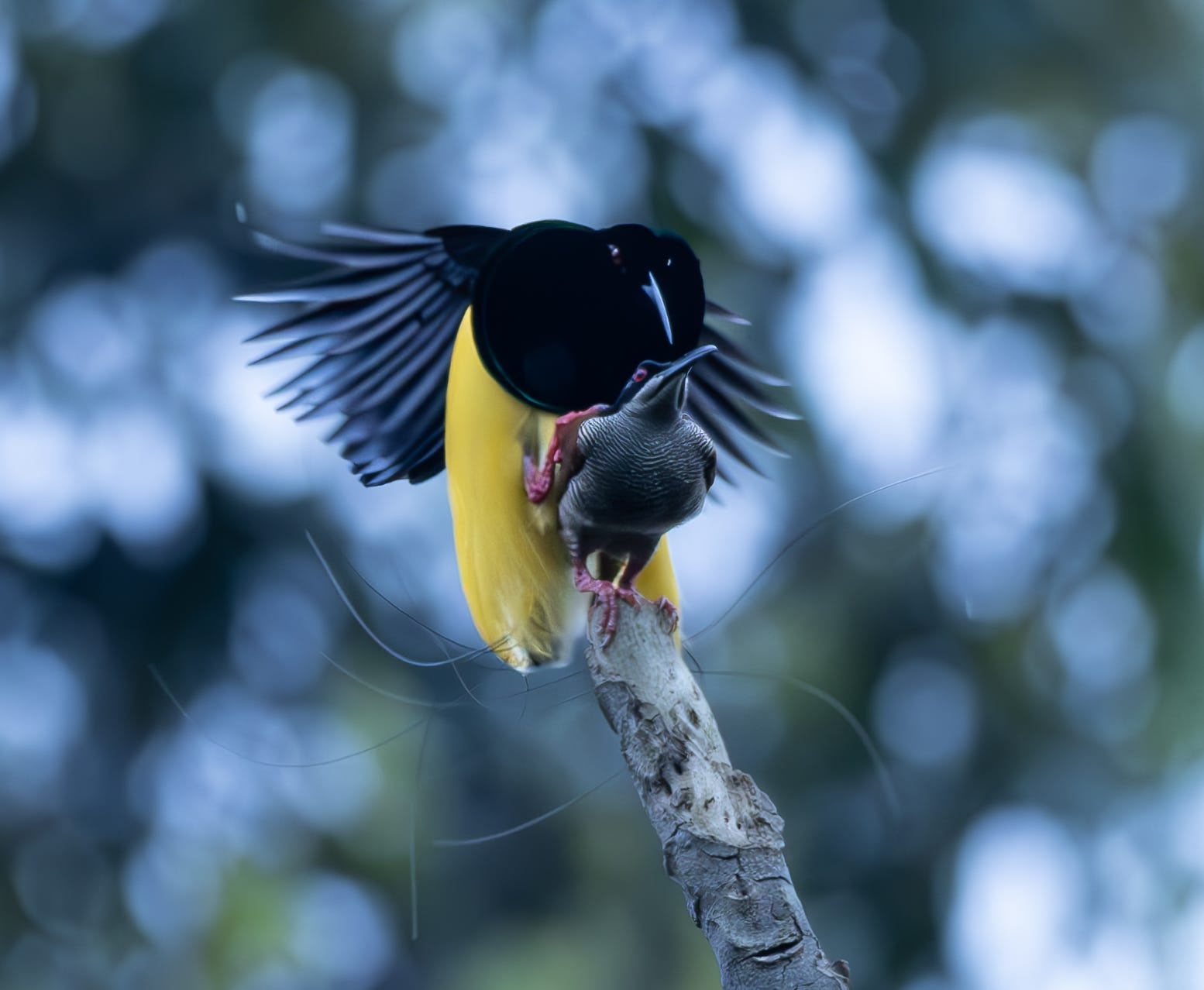
Twelve wired BOP
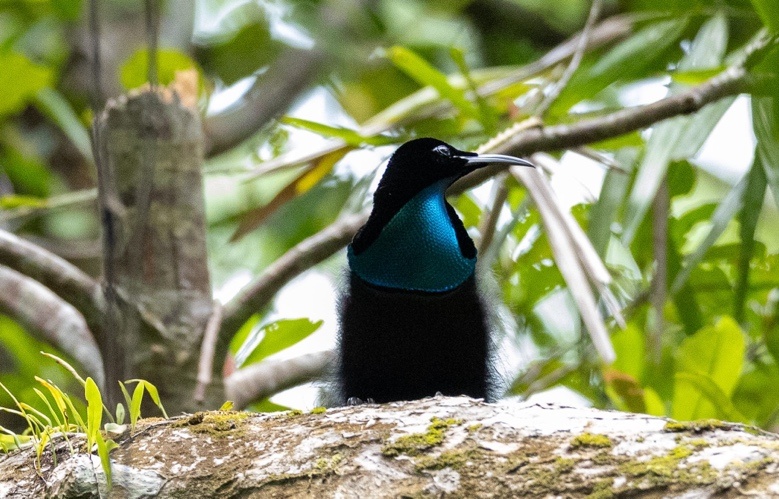
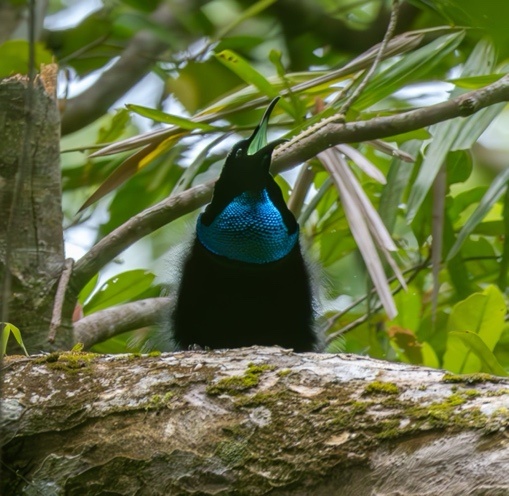
Magnificent Rifle BOP

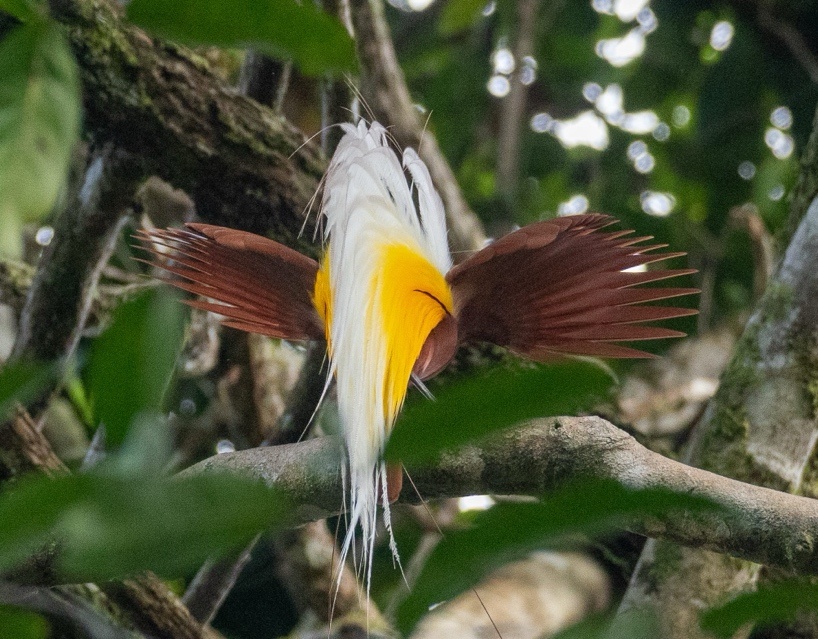
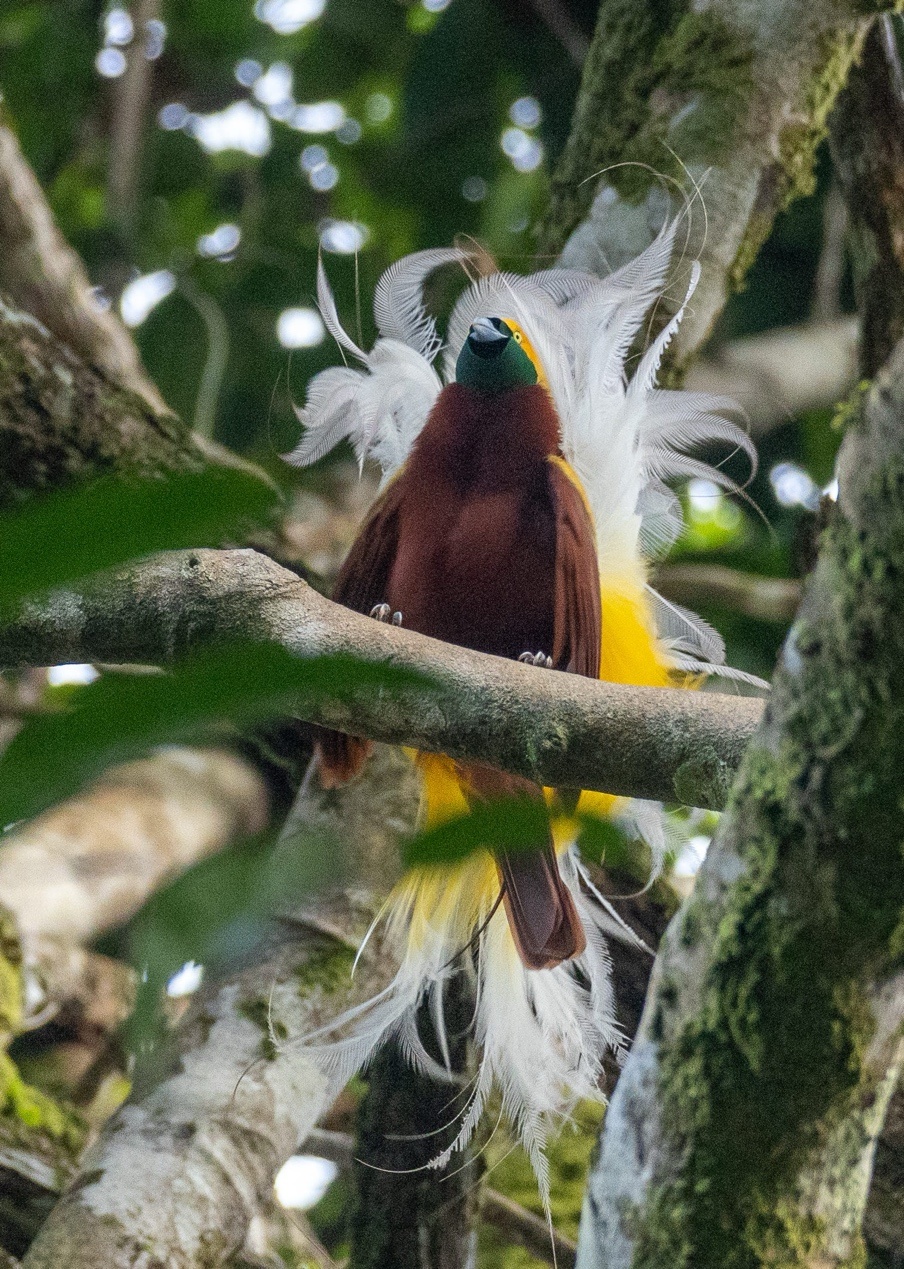
Lesser BOP
However, we were not alone. Multiple leeches wanted to witness the show and accompany us on our way. A few stuck to our clothes grabbed our bodies, and enjoyed the ‘ bloody breakfast’!!
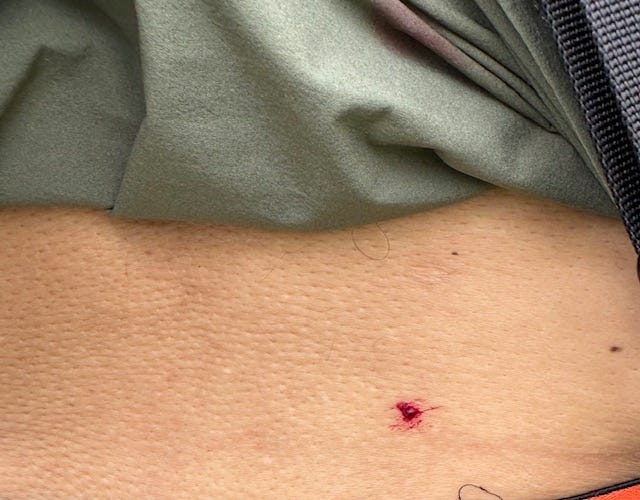
Leech encounter
Nimbokrang’s homestay was pretty basic. It was a simple room with a rotating fan, stained toilets, and no flushing system. They served typical Indonesian food: rice for breakfast, lunch,
and dinner, with bland spinach or fish. We met with some interesting European, Chinese and Australian birders there.The second destination, Raja Ampat, was quite an exciting and delightful experience. Raja Ampat is one of the best diving destinations in the world. Ours was a beautiful resort on white sand with crystal-clear ocean water, which made the corals visible right from the wooden ramp that extended from the shore.

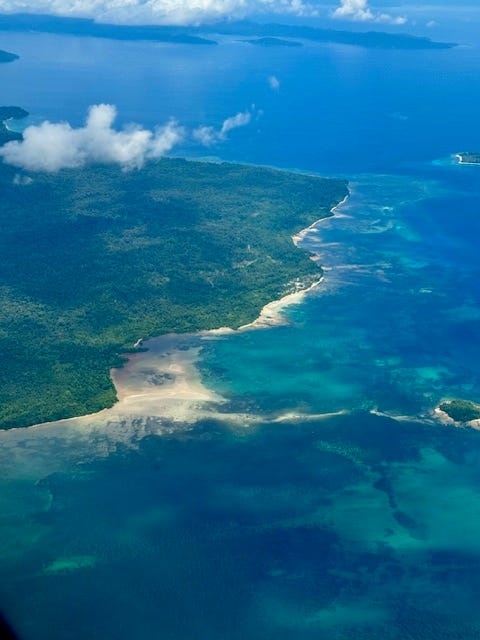
Aereal view of Raja Ampat
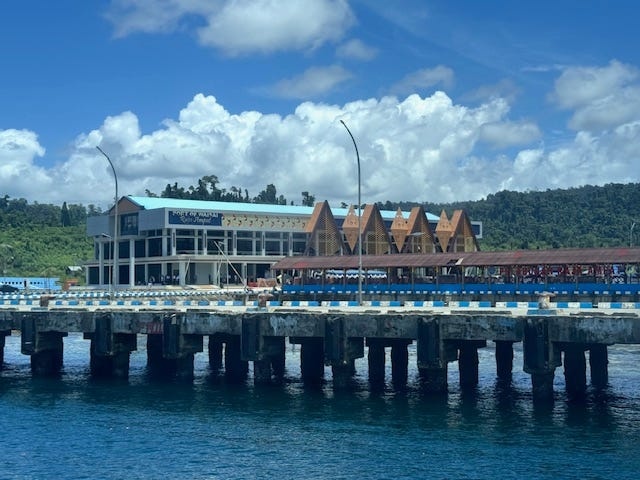
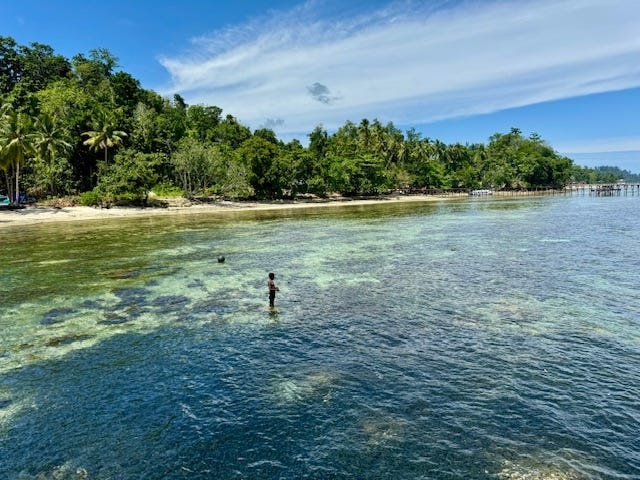
Sea studded with fish and corals

One of the destinations for divers
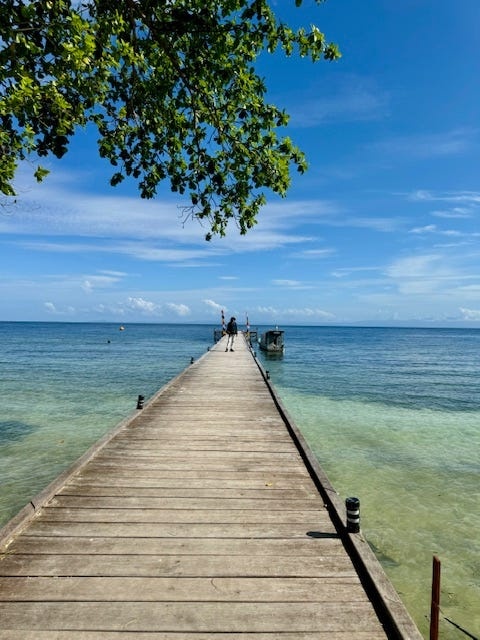
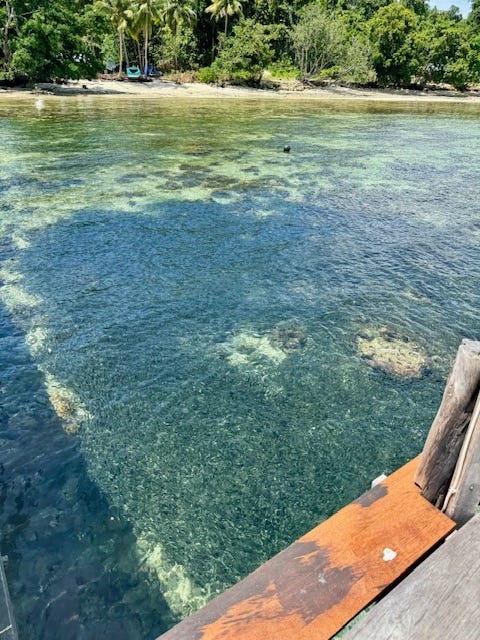
Though it was very humid, birding walks on the hills were rewarding. The Red BOP and Wilson’s BOP participated in the fashion show.
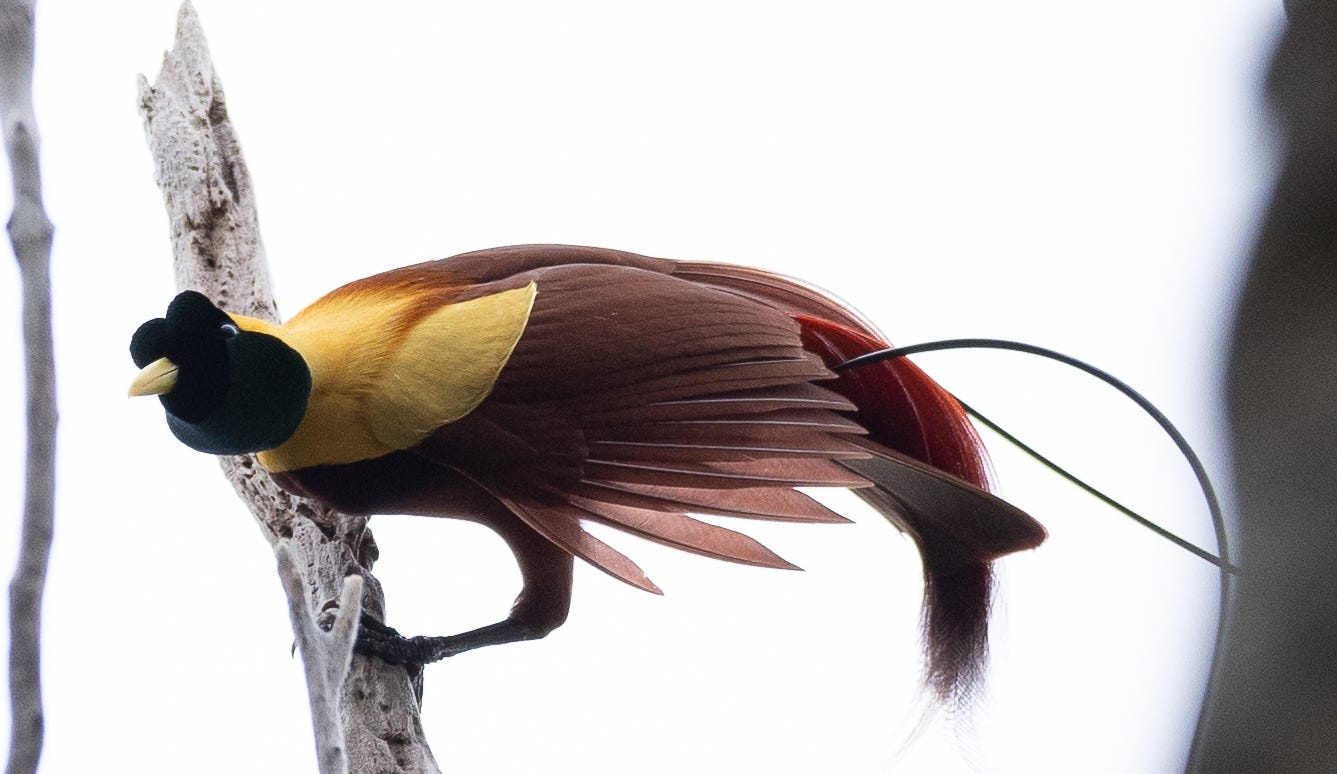
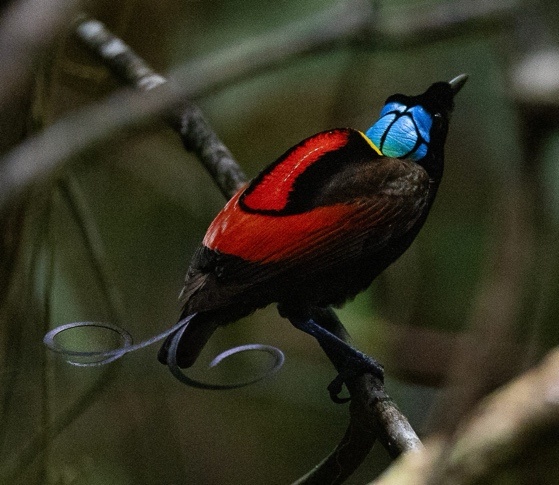
Red BOP and Wilson’s BOP
The icing on the cake was a Marbled Frogmouth that suddenly became visible seated on a cable when the guide was searching with his torch in the dark on our return.
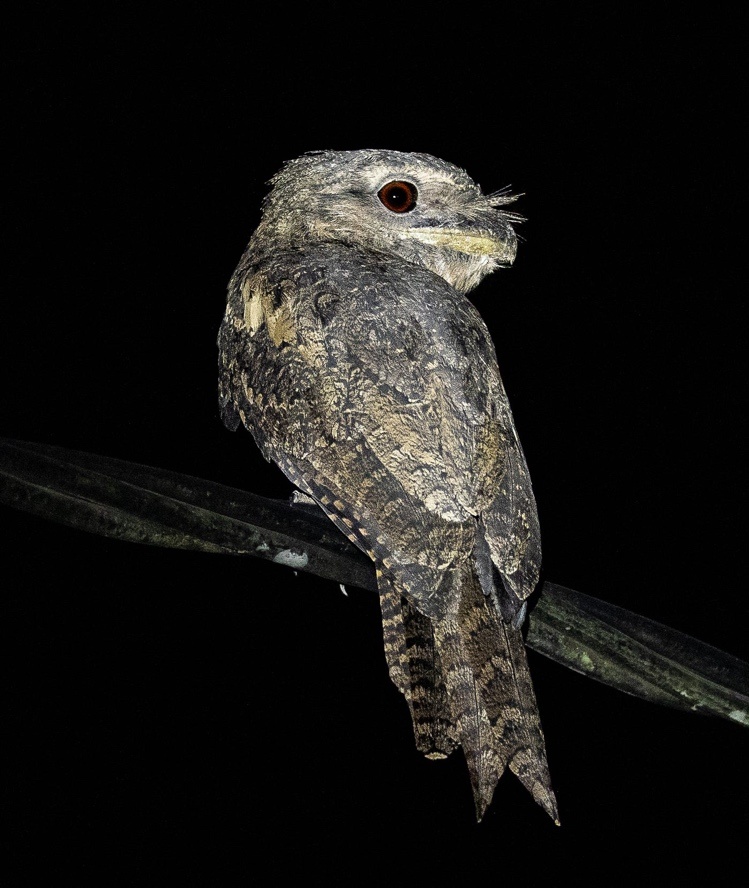
Marbled Frogmouth
The last and most adventurous destination was the Arfak mountains, inhabited mainly by Papuans, the natives!Arfak was full of wonders, though some were quite scary, like bare mattresses on beds with mosquito nets, unhygienic toilets, arduous forest walks and insect-laden hides. The only food available was a basic, unpalatable one.
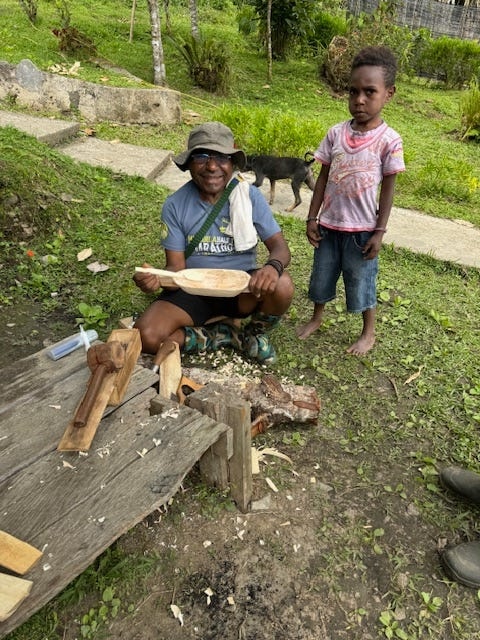
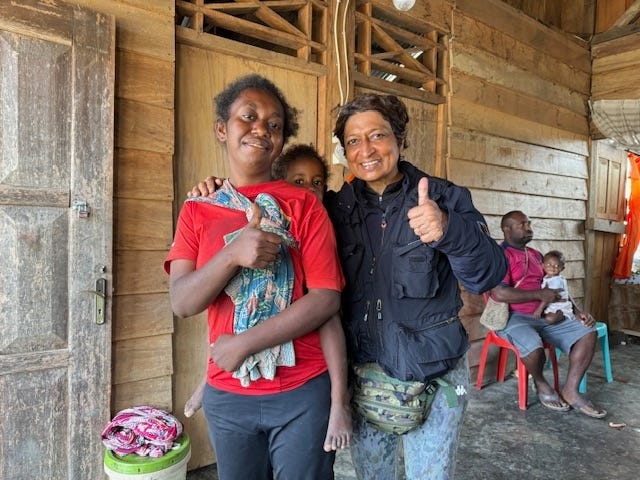
The leader of the group holding a wooden bowl with people from his group.
The leaders there have marked territory for their groups and have a designated mountain and/or a part of the forest areas under their power. You must choose your group wisely, as there can be a sober friendship between a few or a sour rivalry amongst other leaders. Next time when you visit, some of them might be missing, and the Papuan would explain, “ Oh, my brother had a fight with him, and he killed him.”
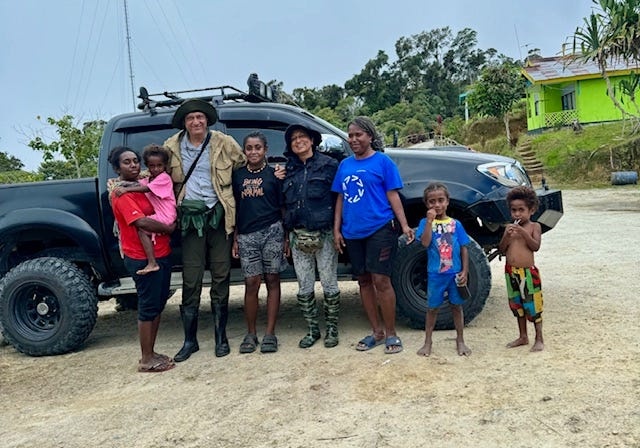
The leader of the group holding a wooden bowl with people from his group.
However, the beautiful cloud forests kept our minds calm, and we were ready to witness the magical display of birds of paradise.
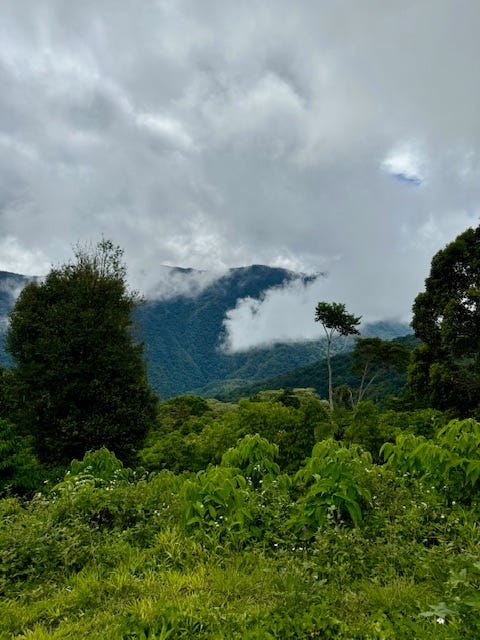
Even in cold weather, climbing steep mountains in dense forests to reach the hides is a sweaty experience if you want to see the special show of Western Parotia BOP, magnificent BOP and Vogelkop Laphorina BOP.
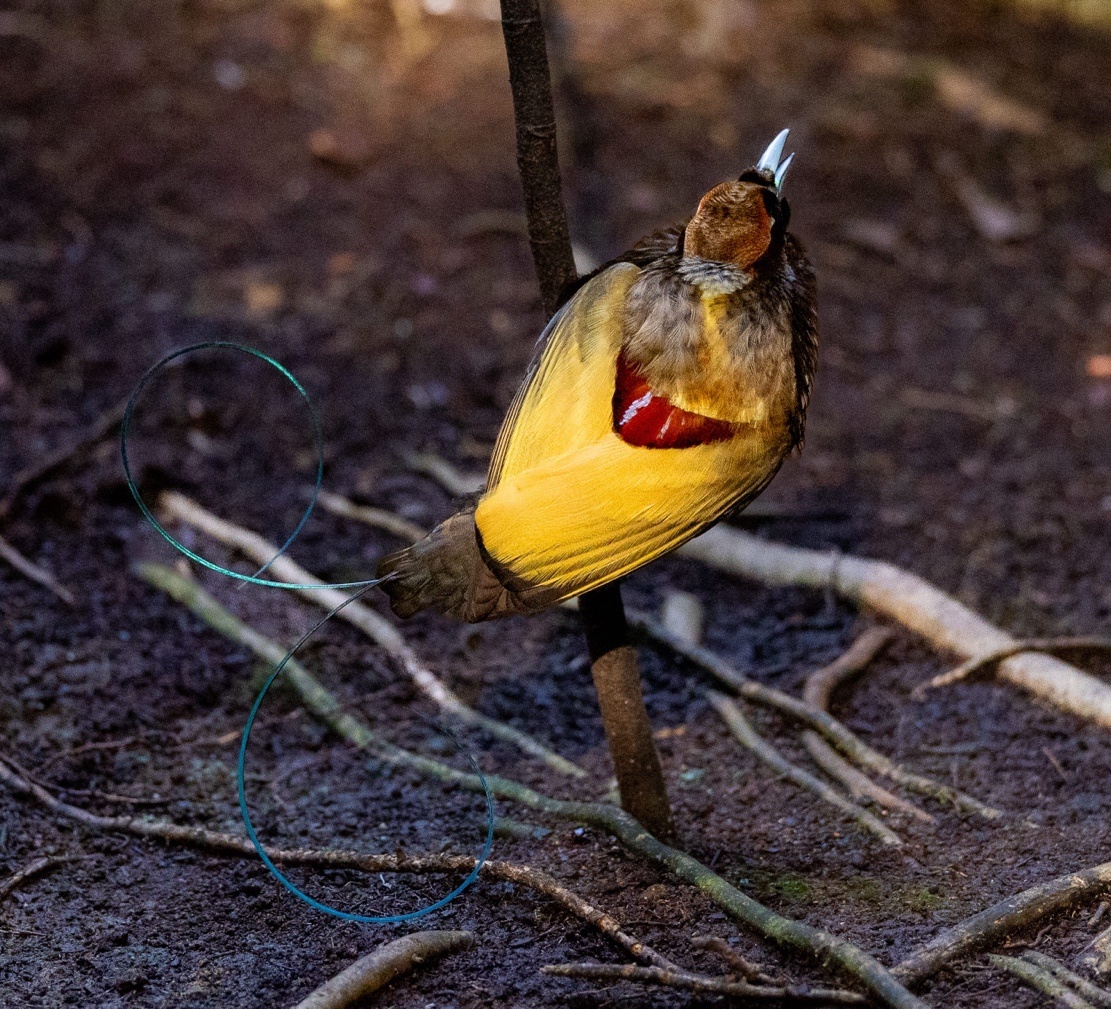
Magnificent BOP
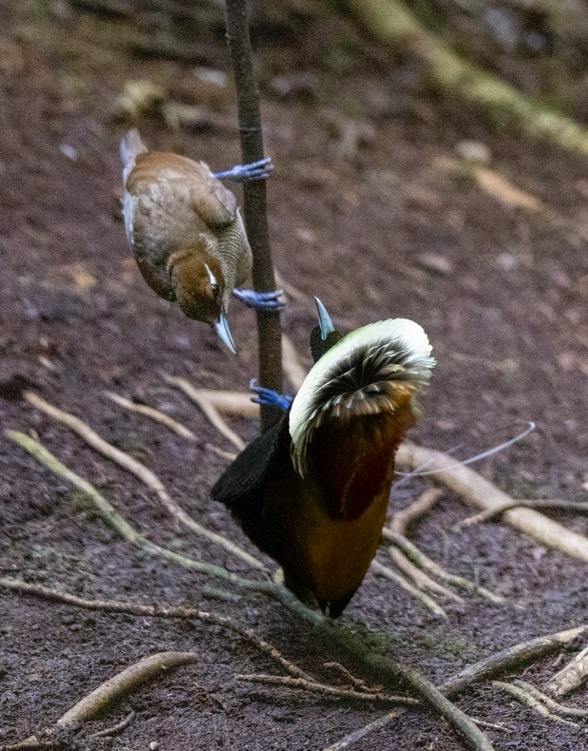
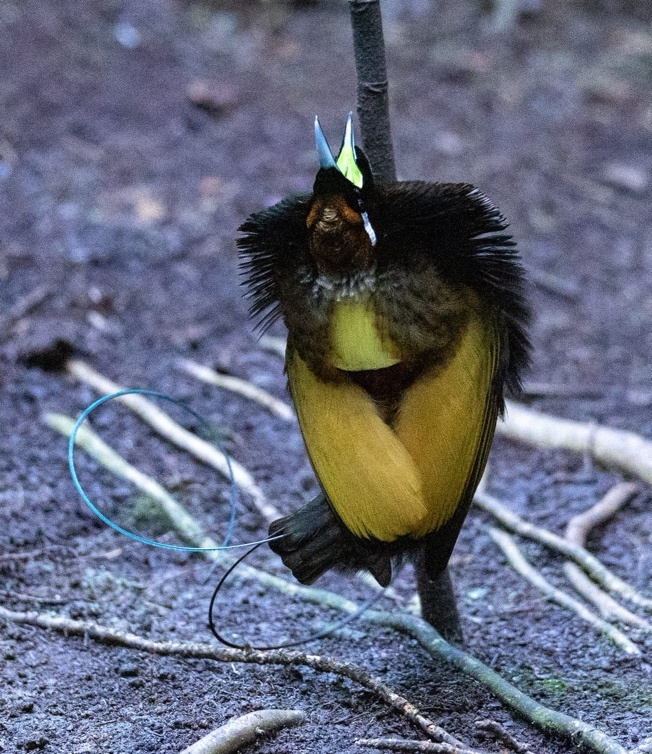

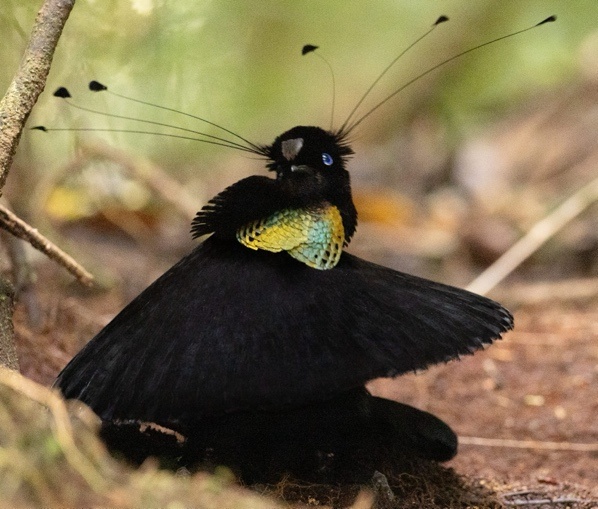
Western Parotia BOP
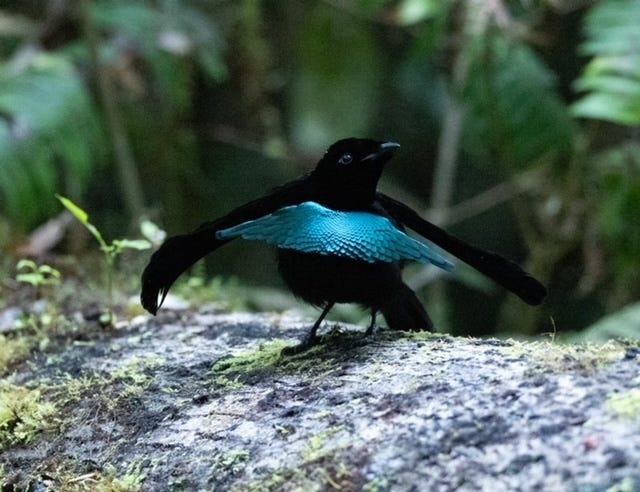
Vogelkop Laphorina BOP
Vogelkop is a Dutch and Indonesian term for the Bird’s Head Peninsula. The name comes from the region’s high bird diversity in this rainforest and the peninsula’s shape, which resembles a bird’s head in the northwest part of New Guinea. No doubt, Vogelkop laphorina BOP was initially known as Superb BOP.

Vogelkop peninsula
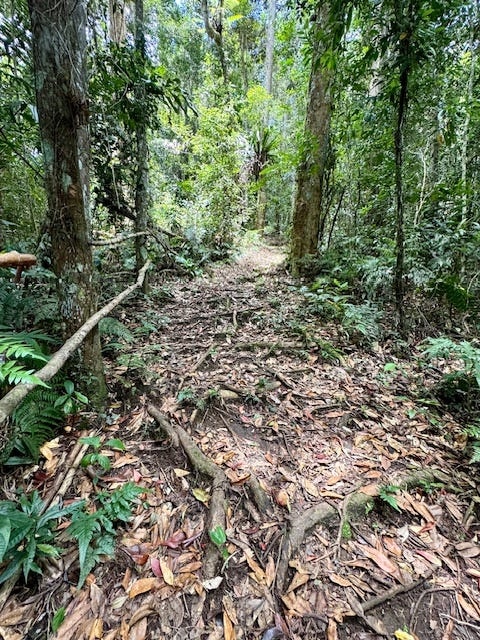
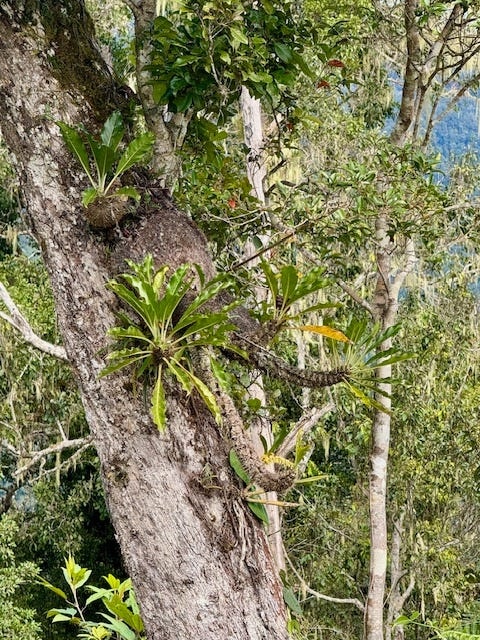
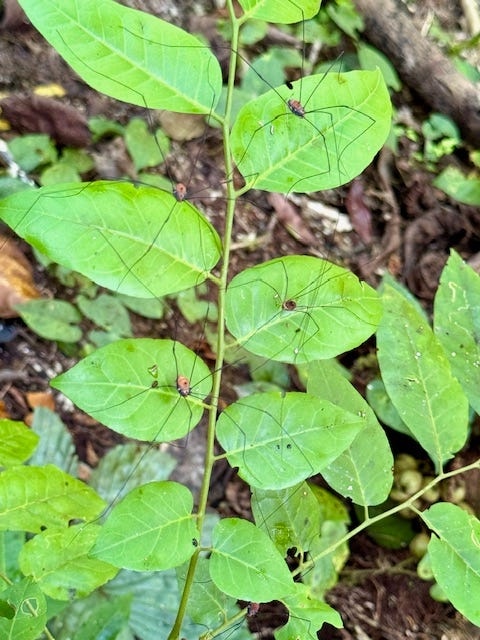
Way to the bower bird’s display theatre
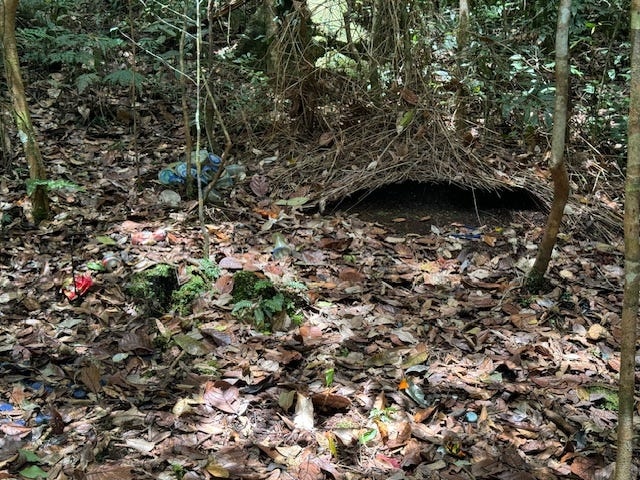
Bower bird’s display area
Papuan erudition:
- Nature has its modus operandi. And going against it is never welcome.
- You need patience and perseverance to witness the wonders of nature.
- The males might use tactics to attract females, however, final choice is always made by female when she agrees.
- Females have an essential role to play in the propagation of the tribe, choosing the best possible genetic composition.
- You can survive well, even in the worst living conditions.
We did
